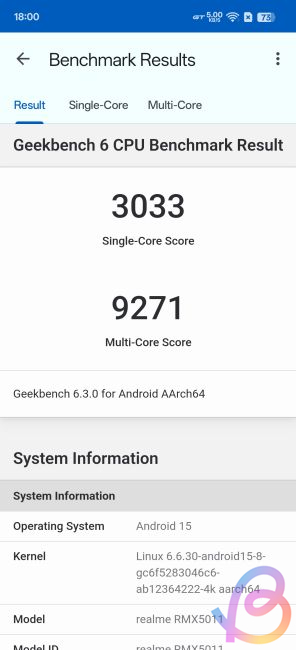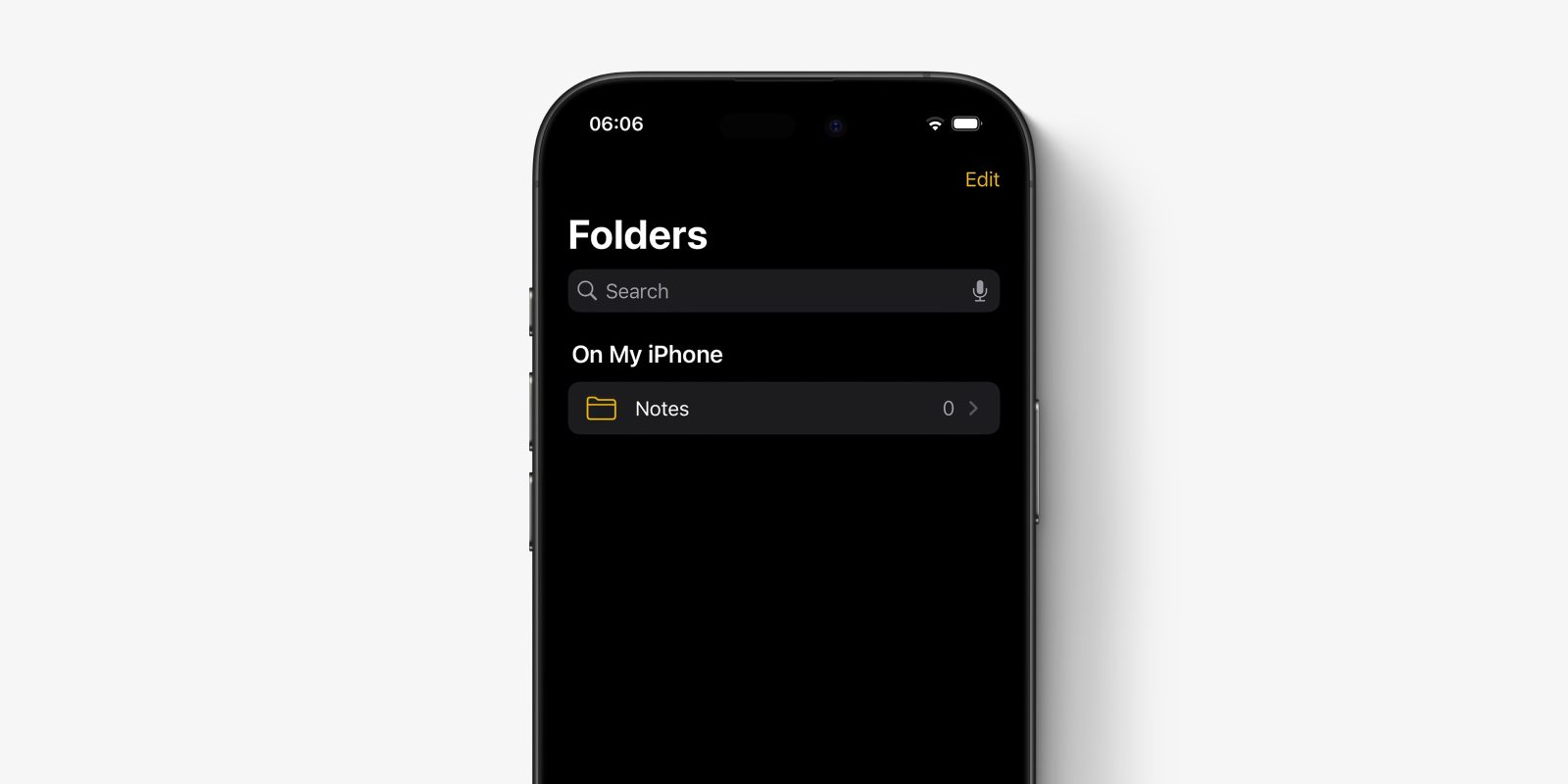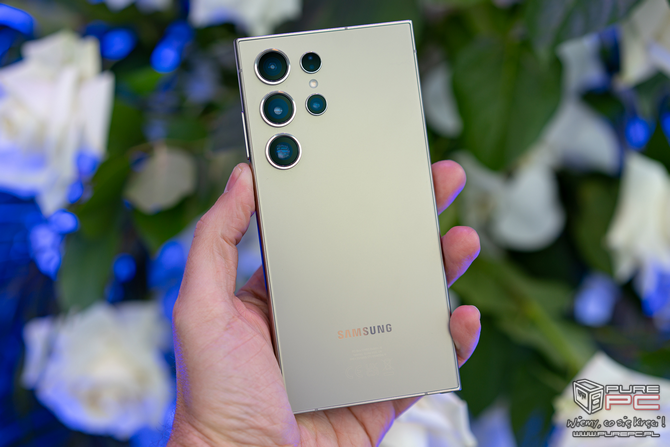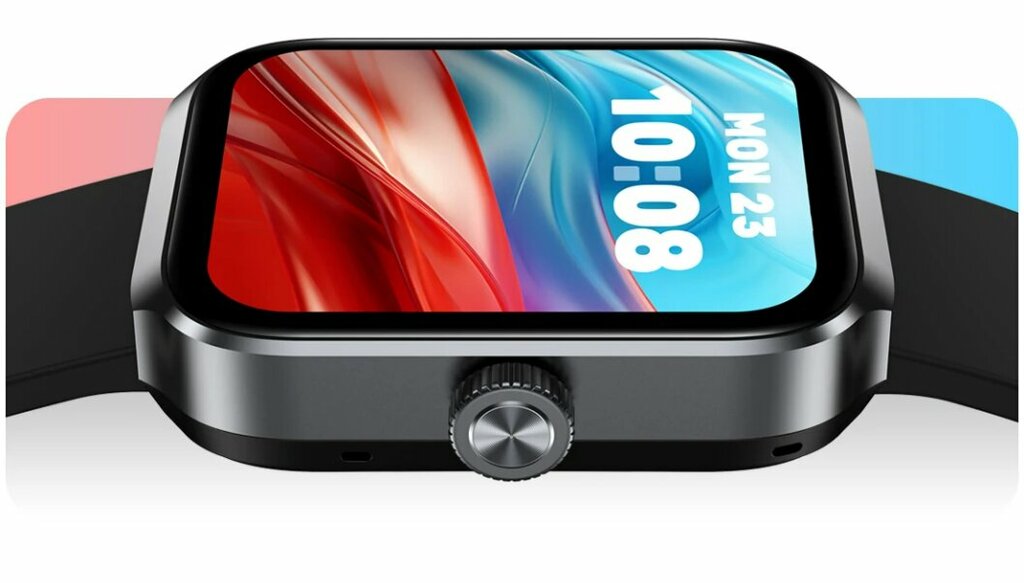Google was incredibly late to the smartwatch game — and it showed with both the Pixel Watch and Pixel Watch 2. The first was a fancy Fitbit plagued by mediocre battery life and a host of unusual quirks. The second successfully put its full focus on addressing the foibles of the first. Both were competent smartwatches, but with the Pixel Watch 3, it yet feels like Google’s done playing catch-up.
Seriously, there are so many updates with the Pixel Watch 3 that I could easy spend 5,000 words simply detailing them all. Ain’t nobody got time for that. Instead, the updates fall into 2 buckets: refinement and expansion. About half are incremental tweaks that address erstwhile issues and improve the experience. The remainder take the Pixel Watch into newer territory, like more advanced moving and better integration into Google’s ecosystem. Alone, these updates aren’t much to compose home about. But together, you can see that Google isn’t just laying down the foundation anymore. It’s starting to take steps forward.
Google Pixel Watch 3
$349.99
The Good
- We yet get a bigger size!
- Moderate battery improvements
- Lots of neat Google integrations
- Good moving updates
- Readiness and Cardio burden scores not locked behind paywall
The Bad
- It’s best with a Pixel phone
- Loss of Pulse detection is Europe-only for now
It’s the small things
If only you look at the Pixel Watch 3, it’s admittedly hard to see why this is simply a large leap forward. It looks just like last year’s watch, which looks like the 1 before that. But on the hardware front, Google fundamentally made a bunch of small changes that add up to a sizable, overall improvement.
Take the displays. This year, they’re brighter at 2,000 nits and athletics 16 percent smaller bezels. This isn’t something that’ll blow your mind, but it does subtly improve everything about the Pixel Watch 3. I’ve done about 2 twelve walks and runs with the Pixel Watch 3 so far, and the screen is much easier to read in direct sunlight compared to last year. Smaller bezels mean you can fit more information on both the 41mm and the fresh 45mm size. I appreciate all of that as individual with crap imagination who spends quite a few time outside.
The 45mm (top) isn’t that much bigger than the 41mm.
And I appreciate the 45mm watch. The deficiency of a larger size was a major criticism of the first and second watches. This fixes that. As a bonus, this isn’t a behemoth 45mm watch. It wears small. I’m a card-carrying associate of the tiny Wrist Club, and even I have a hard time telling the 41mm and 45mm apart on the wrist. After 2 weeks of testing, I find I actually like the 45mm. Not only can I see more on the screen, but its 35 percent larger battery means I can go longer between charging.
That matters due to the fact that battery life has been a thorn in the Pixel Watch’s side. This is the first year I’ve felt full comfortable with the stated 24-hour battery life. quite a few that is due to the fact that Google’s tripled down on battery life. Wear OS 5 and the fresh Actua displays are more power-efficient, and an improved battery-saver mode kicks in erstwhile you hit 15 percent. Plus, after 3 generations of waiting, we yet get an automatic bedtime mode so you don’t gotta worry about battery drain while you sleep. You utilized to gotta do that manually or sync with a Pixel phone’s bedtime mode. Now, it just works.
Pixel Watch 3 specs
- Material: Gorilla Glass 5, aluminum
- Processor: Qualcomm Snapdragon W5100
- OS: Wear OS 5
- Display: always-on OLED, 2000 nits, 1.2 inches
- Connectivity: Wi-Fi, Bluetooth
- Dimensions: 41mm: 41 x 41 x 12.3 mm; 45mm: 45 x 45 x 12.3 mm
- Weight: 41mm: 31g; 45mm: 37g
- Battery life: up to 24 hours for both sizes, battery saver adds estimated 36 hours
- Sensors: optical heart rate monitor, EKG sensor, Sp02, accelerometer, gyroscope, light sensor, barometer, skin temperature sensor, cEDA sensor
- GPS: built-in GPS, GLONASS, GALILEO
- Water resistance: 5ATM, IP68
- NFC: yes
- Compatibility: Android only
None of these add up to actual multiday battery life on either watch, but it’s a dramatic change from the first gen and a average upgrade from the second. I utilized the same charging regular for both watches — a 20- to 30-minute fast charge while I shower. With the 41mm, that was adequate to get me through the day, but occasionally, I’d be amazed with a low-battery informing before bed. With the 45mm, I’ve never had that happen. No substance erstwhile I check my wrist, I’m always comfortably around 50–80 percent. In a rundown test, I got a maximum of about 32 hours.
Smarter wellness and fitness
When the Pixel Watch first debuted, it was expected to be a plus that Fitbit drove the full wellness and fitness experience. The problem was the merger made for a messy Google-Fitbit smartwatch lineup. The Pixel Watch was the “smarter” flagship, while the Fitbit Versa 4 and Sense 2 were fitness-first devices. What we truly got were 3 arbitrarily nerfed watches that left people confused and cheesed. For better or worse, Fitbit’s been thoroughly Googlefied since then — and it’s made for a smoother experience. That, in turn, now allows the Pixel Watch 3 to long in any fresh directions.
Behold, this year’s boatload of fitness and wellness updates:
- A fresh moving dashboard with form analysis metrics
- Custom moving workouts
- AI-generated regular moving workout suggestions
- Revamped regular Readiness Score — no longer paywalled
- New Cardio burden metric
- Morning Brief
- Loss of Pulse feature
The Pixel Watch 3 is simply a more capable moving watch, but it’s inactive best for beginners and casual athletes.
Since day one, Fitbit’s main thing has been a streamlined, holistic approach to fitness tracking. It was founded on the thought of getting your steps in. Training is a different beast, and yet nearly all of these fresh features are geared toward that while inactive catering to beginners and a more casual athlete.
For example, the fresh moving dashboard is designed to be more digestible than Garmin’s data dump while giving you a bit more context than Samsung or Apple. The AI-generated moving workouts are a good example, too. The another day, I got recommended a about four-mile tempo workout… on a day I was scheduled to do 1 anyway. There was a card explaining why it was recommended — I’d been doing quite a few average steady-state runs and needed to zhuzh it up. I already know what I’m doing and like to take a more active function in my training. But for individual starting out or who has decision fatigue, that’s a neat option. The fact that your regular Readiness Score and Cardio burden aren’t paywalled is another decision in the right direction.
For me, the 2 primary fitness updates are Cardio burden and customized workouts. Cardio burden is fundamentally Garmin’s Training burden by another name. It measures your seven-day cardio strength versus erstwhile weeks. The difference here is after a 14-day calibration period, you’ll get a mark number to aim for. For example, I set my goal as improving my cardio fitness. all day, I get a mark that takes into account what I’ve been doing that week. Old hats assured in their programs might turn up their nose, but this is helpful context for folks just starting out.
Cardio burden is training burden by another name.
You can program customized workouts on the telephone or the wrist.
Custom workouts are also must-have for anyone serious about training. I’m happy to see Google introduced them here, but there are quirks. Warmups and cooldowns can only be programmed by time, not by distance. You can work around it, but it’s annoying. It’s besides a bit chatty for my tastes. Like another customized workouts, the watch alerts you erstwhile it’s time to decision to a fresh interval or if you’re straying from mark goals. I programmed a four-mile Tempo run based on pace, and you can bet the Pixel Watch let me know anytime I was a second outside my pace range. (My pro tip is to turn off voice alerts.) Software updates could easy fix these issues, so I hope Google gets on that quickly.
Lastly, I’d love to weigh in about failure of Pulse, which calls emergency services on your behalf if the watch can’t detect your pulse. Alas, I can’t. Given the stakes involved, that’s a feature that requires regulatory clearance, and Google has yet to get it in the US. Even so, this is simply a feature that nobody else has yet. Sure, it builds on a foundation set by AFib and fall detection, but it’s besides Google pushing in a fresh direction. There’s something to that.
Better with Pixel
The Pixel Watch 3 works best if you usage a Pixel phone. I don’t love that. However, I besides can’t deny that the Google integrations this time around were among my favourite features.
For example, the Pixel Watch 3 now has an ultra wideband chip that lets you automatically unlock your Pixel phone. It’s a small thing that makes life easier. (You can besides unlock certain BMWs, but I usage turn signals, so I can’t have a Beamer.) If you have a Google TV, your Pixel Watch can double as a distant control. Offline Google Maps are now a thing. As a journalist, I found it useful that I can now evidence calls or notes on the Pixel Watch and magically find it, plus the transcription, on my Pixel 8 Pro seconds later. As an extension of Call Assist, you can now tell people you request an extra minute to choice up a call.
I loved being able to see my Nest Doorbell feed from the wrist.
But the thing I found most useful was utilizing the Pixel Watch 3 to control my Google-powered smart home. It’s much easier to unlock the front door for guests, turn on and off my office light, and adjust my aggressive Nest Thermostat. Plus, now you can view your Nest Doorbell feed straight from the wrist — an absolute game changer for me. My office is on the 3rd floor. My FedEx transportation guy is unaware that patience is simply a virtue. The ability to say “Hold on, I’m coming down” from the wrist has saved me quite a few grief this review season.
I can’t underscore adequate how large this feels. Apple’s seamless ecosystem experience is simply a large reason why people stick with the iPhone. This had any of that magic — and that’s major considering how much bigger Google Home is compared to Samsung’s SmartThings. This alone isn’t adequate to overthrow Samsung’s chokehold on the Android telephone market, but it’s definitely something that will make Pixel fans happier.
Recorder is an example of a Pixel phone-only feature.
The cynic in me knows the best smartwatch for you hinges on which telephone you have. I can see the lock-in. But the optimist thinks this is Google’s ambient computing imagination coming alive. It’s early days, and yeah, sometimes it takes a contact besides long for my doorbell feed to pop up, but damn if it isn’t inching closer to what we thought smartwatches would be 10 years ago.
Honestly, I was never certain the Pixel Watch would get to this point. No 1 would’ve been shocked if Google threw in the towel after the first Pixel Watch or refused to put in years of work to compete with Samsung, let alone introduce new, industry-first features. But here we are, 3 years later, and I genuinely think the Pixel Watch 3 does certain things better than its rivals. colour me impressed and excited to see where the Pixel Watch 4 goes next.
Agree to Continue: Google Pixel Watch 3
Every smart device now requires you to agree to a series of terms and conditions before you can usage it — contracts that no 1 actually reads. It’s impossible for us to read and analyse all single 1 of these agreements. But we started counting precisely how many times you gotta hit “agree” to usage devices erstwhile we review them since these are agreements most people don’t read and definitely can’t negotiate.
To usage the Pixel Watch 3, you must pair it to an Android phone. That means agreeing to that phone’s terms of service and privacy policies.
To usage the Fitbit and Fitbit Premium features, there are 2 mandatory Fitbit agreements:
- Fitbit’s Privacy Policy
- Fitbit’s Terms of Service
Keep in head that you will be required to log in to Fitbit with your Google account to usage the Pixel Watch 3. As part of requirements from global regulators, Google says it must keep your Fitbit wellness data separate from its Google ads data. Should you choose to integrate any apps with your Fitbit account, like Strava, you will besides gotta agree to that app’s terms of service and privacy policies. The same goes if you opt into Google’s wellness Connect API to better integrate with third-party services.
Additionally, if you want to usage Google Assistant, you must agree to let Google collect app info and contact info from your devices. another features like Google Wallet, Google Home, Gmail, Google Calendar, and YouTube Music will besides come with their own separate agreements. There will besides be respective optional permissions related to Bluetooth, location services, and financial services, depending on what you choose to enable.
If you choose to activate LTE, you will besides gotta agree to your carrier’s Terms of Service and Privacy Policies. You will gotta agree to optional agreements if you choose to usage Safety Signal as well.
Final tally: 5 mandatory agreements, and a boatload of optional agreements.








